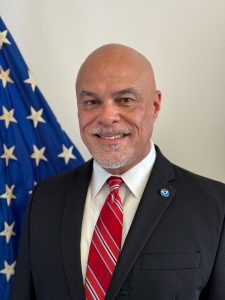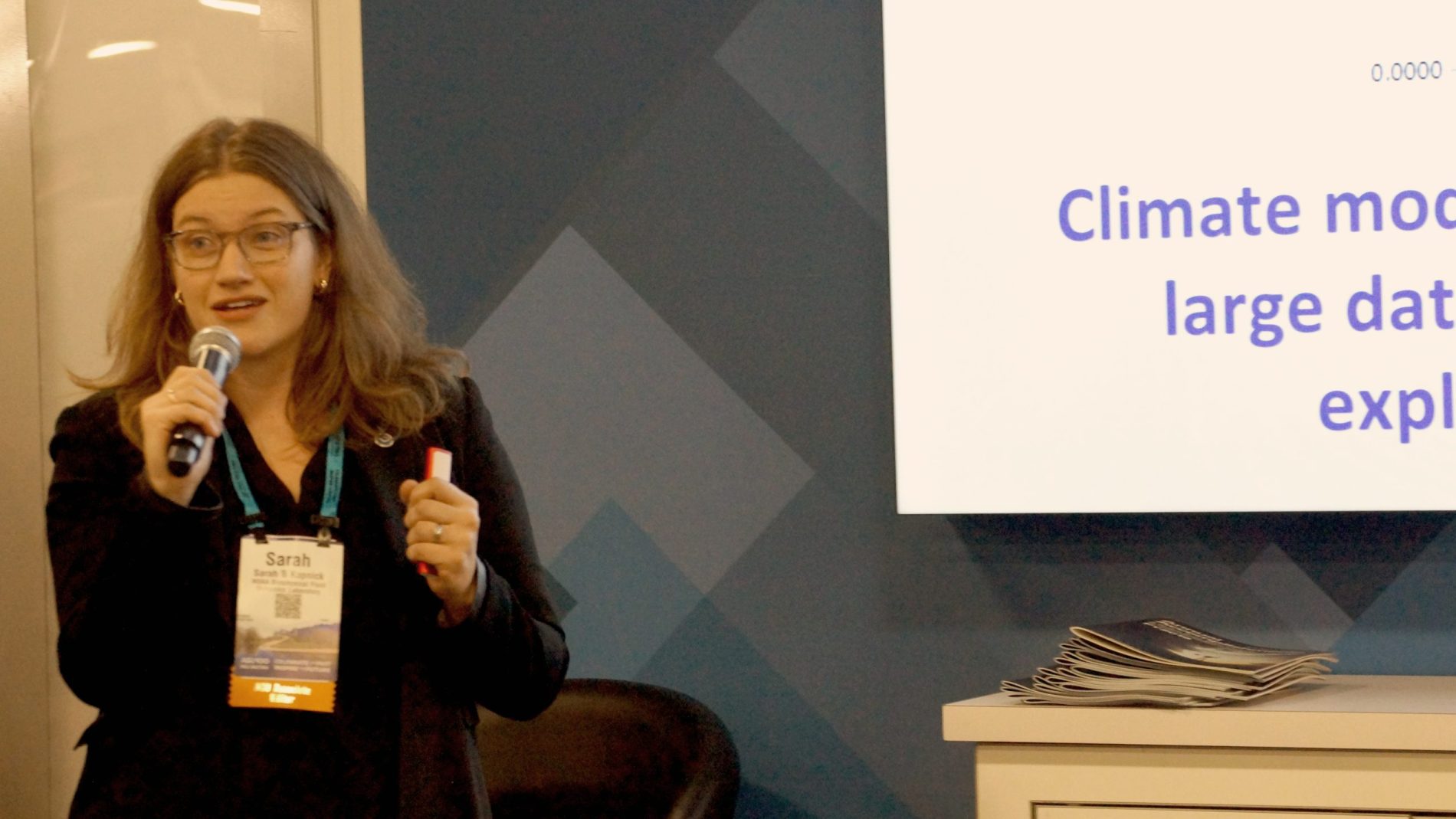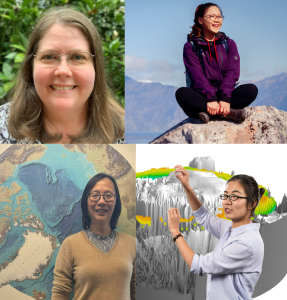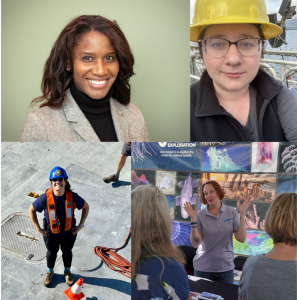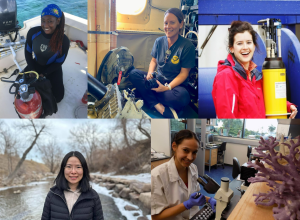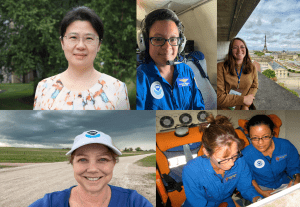The Biden-Harris Administration named Sarah Kapnick, Ph.D., as NOAA’s chief scientist today. Kapnick will serve as the senior scientist for the agency, advancing policy and program direction for NOAA’s science and technology priorities. She is the third woman in NOAA’s history to be appointed to this role.
